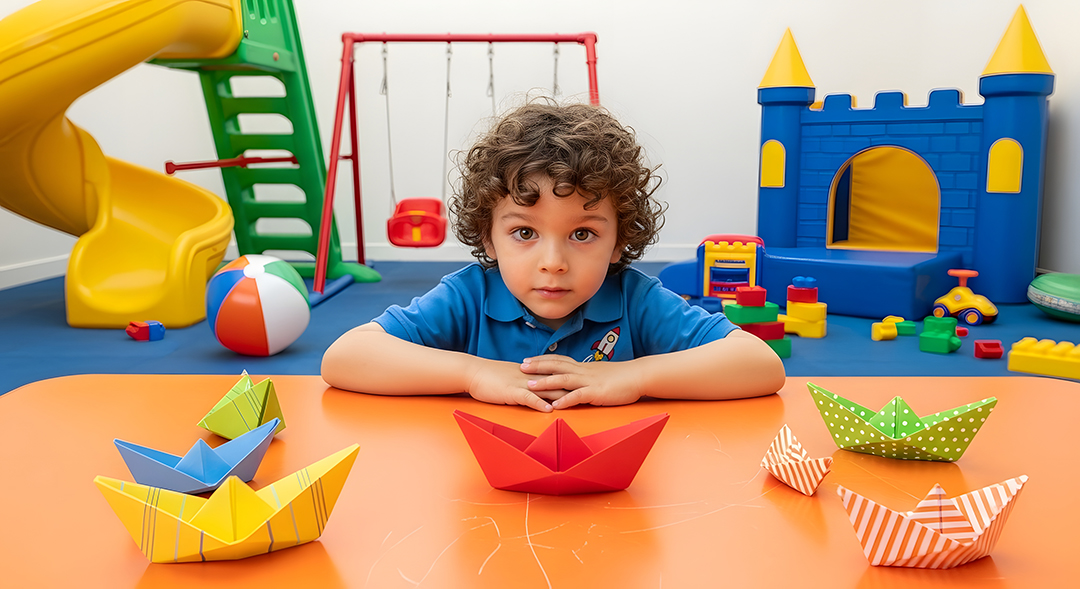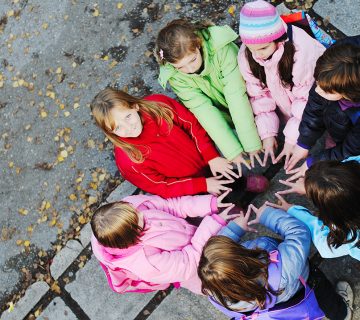In today’s digital world—where many children’s activities are limited to screens—traditional and nostalgic games from the past can regain their valuable educational role. These old games not only spark joy and social interaction but also develop cognitive skills such as problem-solving, concentration, and creative thinking. In this article, we introduce five classic Iranian games that can keep children active and engaged while boosting their social and thinking abilities in a fun way.
Why Are Traditional Games Useful for Mental Development?
In traditional games, children must make decisions, predict outcomes, cooperate, and witness the results of their actions. This natural cycle helps build problem-solving skills. Unlike digital games—where pathways are often predetermined—real-life games require children to create solutions creatively.
Benefits include:
-
Stimulating logical thinking and mental planning
-
Increasing concentration and working memory
-
Learning rules, discipline, and responsibility
-
Strengthening social interaction and teamwork
1. “Seven Stones” (Haft Sang)
One of the most popular games of past decades, combining movement with strategy and fast decision-making. Players must knock down a stack of stones with a ball and rebuild it before the opposing team stops them.
Learning goals:
-
Team planning and cooperation
-
Strategic thinking in attack and defense
-
Mind–body coordination
How to play at home:
Use plastic cups instead of stones. A soft ball works well even in small indoor spaces.
2. “Name and Family” (Word Categories)
A classic game that, despite its simplicity, is a powerful tool for mental practice and vocabulary development. Children must find words under time pressure for each selected letter.
Learning goal: Strengthening focus, verbal memory, and quick thinking.
Educational advantage:
Children learn to think clearly and make decisions under time limitations.
3. “Snakes and Ladders”
A beloved board game that teaches moral lessons about patience, effort, and accepting setbacks.
Learning goal: Teaching discipline, emotional control, and predicting consequences.
Psychological perspective:
Children learn that success isn’t always in their control and that they must cope with life’s ups and downs—a valuable life skill.
4. “Memory Circle” (Matching Game)
A set of cards with pairs of identical images is placed face-down. Children must remember positions and find the matching pairs.
Learning goal: Improving visual memory and strong concentration.
Home version:
Use homemade cards drawn by the child, or even family photos and everyday objects.
5. “Vasati” (Dodgeball-Style Game)
A lively game that enhances instant decision-making and quick reactions. Two teams stand opposite each other and try to hit players in the center with a ball.
Learning goal: Focus, prediction, and teamwork.
Educational tip:
You can modify the rules to make it more cooperative—for example, working together to deliver the ball to a specific point instead of eliminating players.
Educational Messages Hidden in Traditional Games
These games were not just entertainment—they carried moral and educational lessons. Games like “Seven Stones” taught cooperation, “Snakes and Ladders” taught patience and acceptance, and “Name and Family” improved focus and thinking speed. With a little creativity, these values can be passed on to today’s digital-generation children.
How to Revive Traditional Games in a Modern Setting
-
Use simple and safe equipment (soft balls, cardboard cards, etc.)
-
Adapt rules based on children’s age
-
Combine the games with educational content (e.g., math-themed Snakes and Ladders or science-based Name and Family)
-
Talk to children after the game about their experience and feelings
Frequently Asked Questions About Nostalgic Games
Are traditional games appealing to today’s children?
Yes—especially when combined with fun, excitement, and healthy competition. Kids enjoy discovering “new-old” games.
How can these games be combined with school learning?
For example, award points based on correct academic answers in “Name and Family,” or create math-based versions of board games.
Do traditional games promote teamwork?
Absolutely. Most of these games are group-based, requiring cooperation for success—helping build social skills and reduce aggression.
Conclusion
Nostalgic games are more than memories—they are powerful tools for teaching life skills. They prepare a child’s mind to think, analyze, and solve problems while passing down cultural values. By bringing these games back into homes and schools, we can help raise a generation that is more creative, intelligent, and socially connected.







